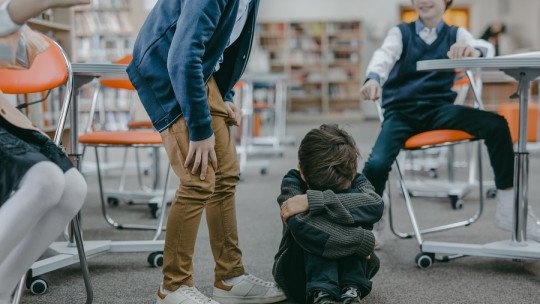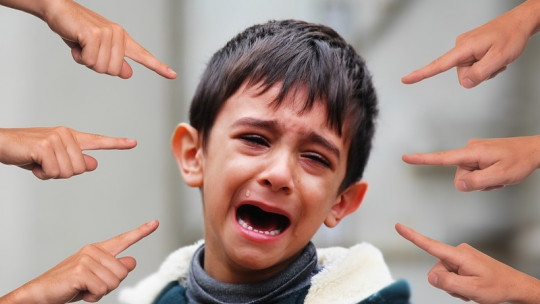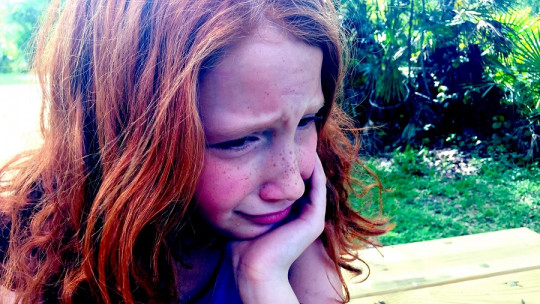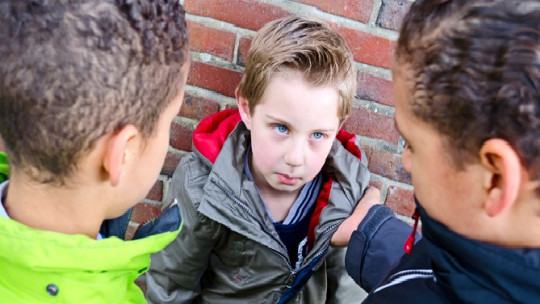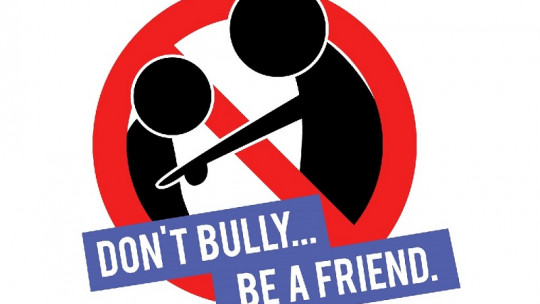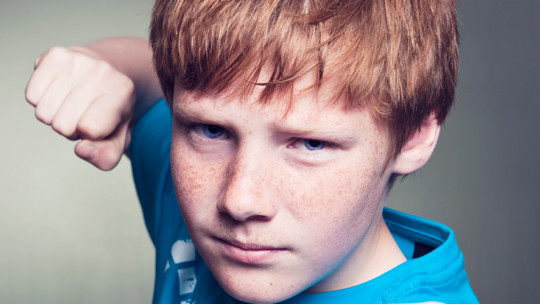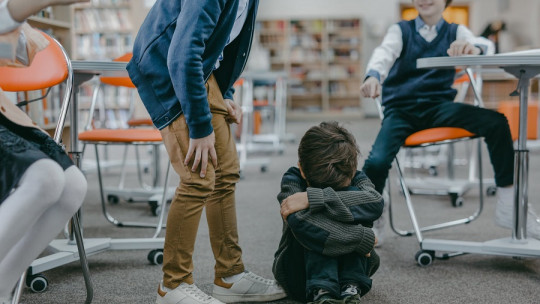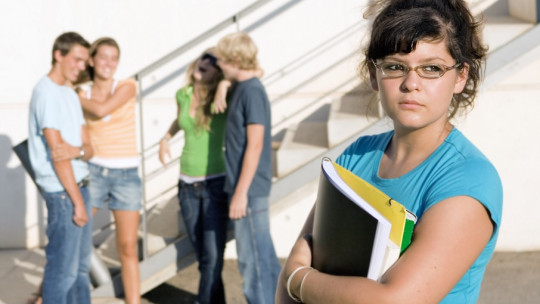
Peer relationships, which are initially (according to adolescents) one of the most rewarding aspects of the school context and one of the main sources of emotional and social support, can end up being a very harmful and painful element for young people.
In the scientific literature led by Olweus it is seen that Bullying victims usually have a series of individual risk factors that differentiate them from the aggressors (e.g., gender, school year, ethnic reasons, religious preferences, socioeconomic level, poor social skills, “superior” social skills, reduced academic achievement, etc.).
Unfortunately, one of the elements that triggers the attention of aggressors is usually sexual orientation (or the doubts about it) of the victimized adolescents, which we will call “homophobic bullying.”
What is bullying due to homophobia?
We will define bullying due to homophobia as any type of Voluntary and directed physical, social, or verbal abuse with the intention of generating discomfort in the victim due to his or her sexual orientation There is an imbalance of power between the aggressor and the victim, and the abuse is usually prolonged over time.
It is considered that the responsibility for this phenomenon falls not only on the aggressor, but on educational institutions and society as a whole, due to the dominant social values in relation to sexuality in general. That is, even today, our society interprets heterosexuality in terms of “normality,” while Homosexuality (and bisexuality) is interpreted as “abnormal, strange, strange, eccentric ”. In this way, all those manifestations other than heterosexual are labeled as deviant and abnormal.
We would be naive if we believed that this prevailing thought in society is not absorbed by children and adolescents, who reproduce these social standards in their particular environment: schools and institutes. Everything that is considered “out of the ordinary or out of the ordinary” within the school context is usually the object of ridicule or ridicule, and as we have explained previously, sexual orientation is one of the reasons that “trigger” aggression towards the victims.
Consequences of this type of aggression
LGTB people and/or those who doubt their emotional-sexual orientation make up a population susceptible to suffering more mental health problems than the rest. Because? Very simple: this population tends to suffer a higher level of stress throughout almost their entire life
Let’s think about the things they must face: integrating and accepting their emotional-sexual orientation, talking to their family and friends, fear of rejection and non-acceptance, handling homophobic situations, enduring the associated social stigma… Let’s say it is a particular stress. that heterosexual people don’t necessarily have to suffer.
As we all know, Childhood and adolescence are the times in which our personality is shaped and in which we tend to feel most vulnerable and it is a really difficult stage to go through.
Now let’s imagine what a young homosexual or bisexual person must face, more and more. As if it wasn’t enough with hormonal changes/discovering your identity/trying to fit in with your peer group/performing in school/dealing with physical changes, etc., now let’s imagine the stress you must feel when thinking about possible rejection or non-acceptance. from the people he loves most: his family and friends.
And if a situation of bullying due to homophobia also occurs (with the consequent loss of social support among their peers), the “perfect” ingredients are being introduced to generate a breeding ground that will cause psychological problems that will last over time, such as the construction of low self-esteem, feelings of shame towards oneself, depression, anxiety, post-traumatic stress disorder, isolation, self-harm, etc. In a study (Rivers, 2004) it was stated that victims of homophobic bullying were more likely to suffer from depression compared to heterosexual bullying victims.
In several studies it has been seen that (e.g., Bontempo and D’Augelli, 2002) the levels of victimization were higher in LGBT students or those who had doubts about their emotional-sexual orientation. Within the type of victimization, in general they tend to be more victimized at a verbal level (insults, nicknames, derogatory comments…).
Intervention in this problem
Although it is surely a long process that requires the passage of several generations, it is necessary to educate society to eliminate the dichotomy of “normal = heterosexual”, “abnormal = gay, lesbian, bisexual, transsexual or transgender”.
More specifically, schools must provide quality and inclusive sexual education, which addresses topics such as homosexuality and transsexuality (and does not only address sexually transmitted diseases or pregnancy), empathy exercises towards victims, social skills to stop bullying…
The main objective is modify negative attitudes towards minority groups such as LGBT, and adopt a more inclusive vision with values such as acceptance, egalitarianism, freedom and empathy towards equals. If this topic is not addressed naturally in schools/institutes, leaving aside “taboo” topics, it is contributing to the LGBT population continuing to be seen as something strange, and discrimination continuing to be perpetuated.
After all, school is a very powerful educational element in society, and is considered one of the main agents of socialization along with the family, therefore it must promote tolerant thinking in our young people, promoting the birth of positive values towards different forms of sexual expression and gender diversity.

